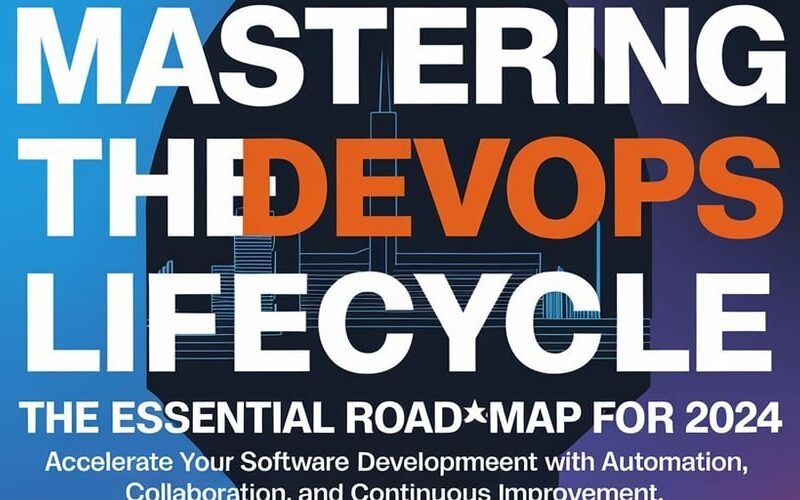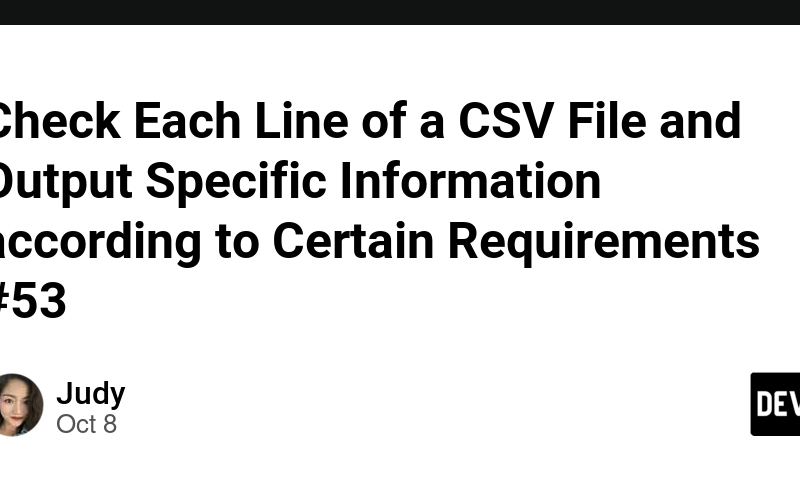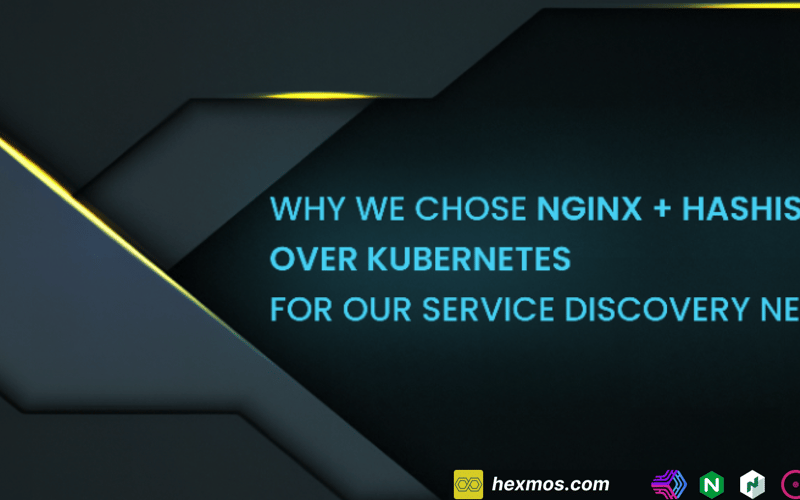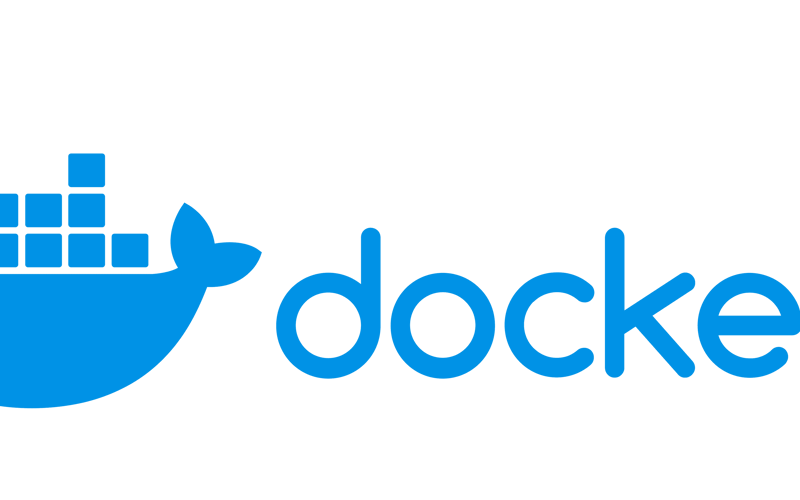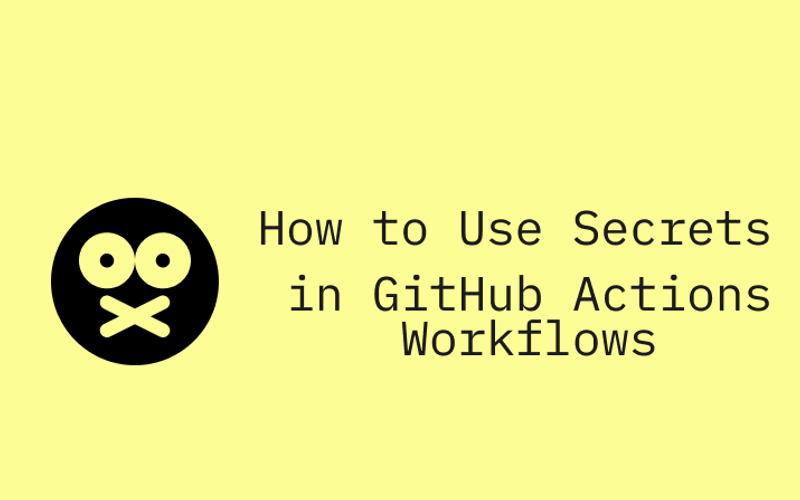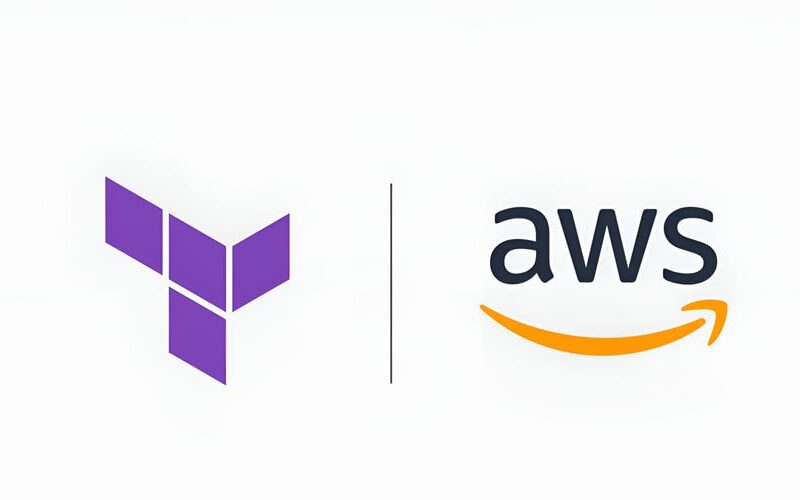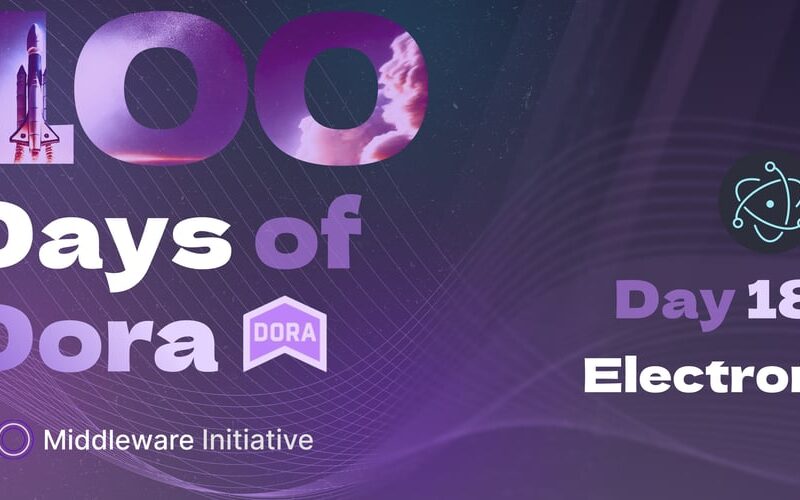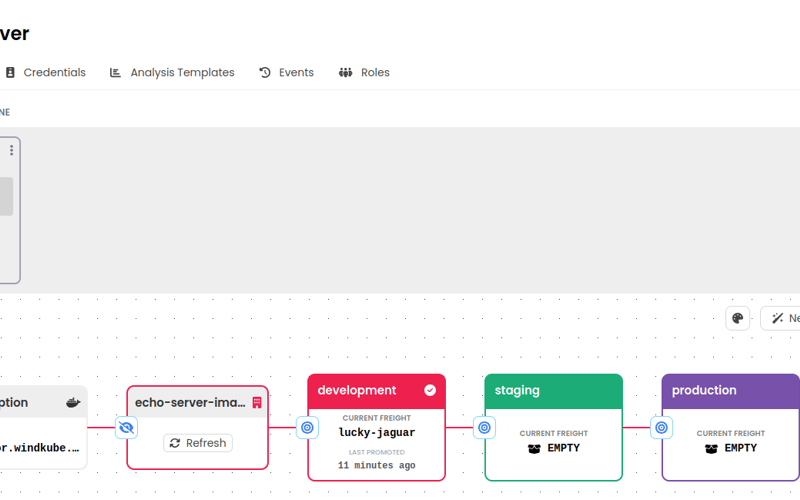16
Oct
Hoje em dia em sistemas distribuídos, a observabilidade se tornou uma prática essencial. Mais do que apenas saber que há um problema, o real objetivo é descobrir por que ele está acontecendo e, claro, como corrigi-lo. Dashboards de monitoramento são ferramentas muito poderosas que ajudam a transformar a enxurrada de dados de logs, métricas e traces em insights úteis. O que é Observabilidade e por que importa? A observabilidade é definida como a capacidade de entender o que está acontecendo dentro de um sistema a partir de suas saídas. Para sistemas complexos, como microsserviços e arquitetura serverless, essas saídas vêm…


